Sometimes people watch the sunrise, watch the sun set and dream of having the type of skin that turns bronze in the sun. But often, your skin goes red—burn instead of a tan. If this has happened to you, you might be asking yourself such questions like, how to turn a burn into a tan, or even, can I turn a burn into a tan? The good news? Yes, it can be done but it should be done gradually with special emphasis put on skin recovery from the damage.
If you go out on a sunny day and the sun exposes you to ultraviolet radiation, your body starts to produce melanin for protection. Whereas taking a sun bath to achieve a tan is good, taking too much sun exposure is bad for the skin as it results in sunburn or sun injury. When burned skin not treated properly, it does not only peel off, but also leads to early signs of aging, wrinkles, and even skin cancer as noted by the American Academy of Dermatology (AAD).
This guide will explain the science of sunburn and tanning, how to properly treat a burn and how to turn a burn into a tan safely.
How Skin Reacts to the Sun
Tanning is a process through which the skin darkens as a result of the production of melanin in reaction to the UV radiation. Melanin reduces the amount of UV radiation that penetrates the cell and damages the DNA of your skin cells. The more your skin produces melanin, the darker your tan shows. However, melanin thresholds differ in everyone, and that is why some people catch a tan more easily than others, do.
Why Do Some People Burn Instead of Tan?
Individuals with lighter skin or low levels of melanin burning will be more likely to occur rather than tanning. When your skin gets too much UV radiation, it is unable to produce melanin at the same rate, hence resulting to formation of redness, inflammation and damage on the skin. This damage penetrates to the cellular level, as recognized by the Skin Cancer Foundation, and increases your lifetime risk of developing skin cancer.
Immediate Steps to Heal Sunburn Fast
Before learning how to turn a burn into a tan, it’s important to first focus on healing the skin properly. Without proper recovery, peeling and irritation can ruin your tan before it even starts. Here’s how you can heal sunburn effectively:
1
Cool Your Skin:
Bath or wash the affected area with cold water or splash it with cool water using a piece of cloth. Do not place ice packs on your skin as this may lead to more inflammation.
2
Hydrate Inside and Out:
Any form of skin burn means that skin loses its moisture. Consumer more water and use moisturizers to replenish the skin.
3
Use Aloe Vera:
The Mayo Clinic claims that products that contain aloe vera or soy are help to decrease inflammation and ease redness. You can also use natural aloe vera gel from the plant for its immediate application to work effectively. Stay away from petroleum derived products because they hold heat against your skin.
4
Avoid Scrubbing or Peeling:
Do not use scrubs or wash the affected skin vigorously as this will further worsen the situation. This interferes the healing process and enhances the chances of irritation and scar formation.
Tip: Begin the process of after-sun treatment as soon as the first indications of a mild sunburn are first observed. It prevents other complications which are likely to arise and assists in gradually changing the skin tone to the desired tan.
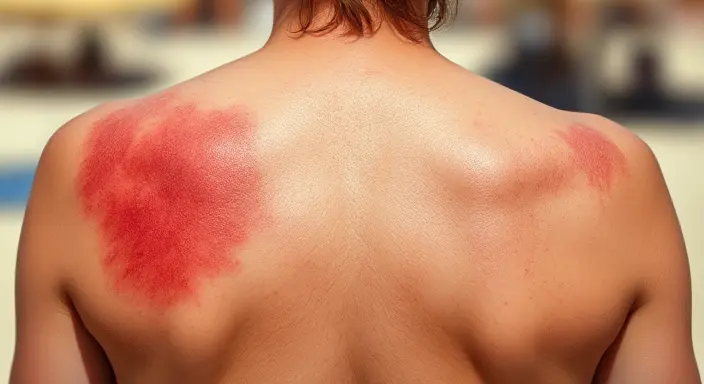
Preventing Peeling to Maintain a Tan
Skins peeling is evidence that the sunburned skin has suffered significant damage and is beginning to shed, undoing efforts that you have tried to tan. To prevent peeling and retain your skin’s glow, follow these steps:
- Use lotions which containing hyaluronic acid, Vitamin E, or ceramides after sunbathing.
- You can also use bath water running with oatmeal to ease skin and avoid further irritation.
- Do not take hot showers and do not rub your skin dry with a towel, as this will only remove natural moisture from skin
- Do not forget to drink water through the day. This way the skin is helping to heal faster and maintain elasticity thus red skin should not peel unnecessarily.
According to WebMD, it is advisable to make your skin moist and nourished to maintain the tan for a longer time and also to ensure that the skin healing process is smooth.
Transitioning from Sunburn to a Tan Naturally
Step 1: Wait Until Redness Subsides
Patience is key when figuring out how to turn a burn into a tan. If you rush back into the sun while your skin is still red, you’re more likely to experience peeling rather than tanning.
Step 2: Prioritize Sunscreen
To tan again, use sunscreen with SPF of 30 or higher. This helps to shield the skin from more damage while still being able to get a tan.
Step 3: Keep Skin Moisturized
Sunburned skin loses moisture and this affects the likelihood of skin peeling. You should use lotions with hyaluronic acid, Vitamin E and ceramides to both moisturize your skin and preserve your tan and keep your skin hydrated. Fast wound healing occurs when skin stays moisturized while protecting the skin from unwanted dryness-related damages.
Step 4: Use Natural Tan Enhancers
Beta-carotene and coconut oil which is usually present in tanning oils helps to increase tan of the skin without having to risk on extreme sun exposure.
Step 5: Improve Your Diet
Eat foods containing lycopene and antioxidants in your diet like tomatoes, carrots, and green leafy vegetables since they help repair the skin and make tanning easy. The National Institutes of Health (NIH) indicates that these nutrients neutralize oxidative stress that is required in the skin healing process.
Safe Tanning Tips to Avoid Future Sunburn
If you want to know how to turn a burn into a tan successfully, one of the most important factors is preventing future sunburn. Avoid repeating the cycle of burning and peeling by following these safe tanning habits:
- Gradual Sun Exposure: Stay in the sun for no more than 15-20 minutes if you are extremely fair-skinned, and gradually build this up over days.
- Always Use Sunscreen: According to the Skin Cancer Foundation, when you apply an SPF product, your skin is protected from the damaging rays, but does not completely prevent tanning.
- Choose Tanning Times Carefully: Avoid outdoor exposure between 10am and 4pm when the UV rays are quite strong. Try to get a tan during the early part of the morning or in the later hours of the afternoon.
- Consider Self-Tanning Products: If natural tanning cannot be done or can be dangerous to your skin type, then there are safer tanning lotions or sprays to use to get the tan you desire.
Understanding the Fitzpatrick Skin Type Scale
The Fitzpatrick Skin Type Scale is a useful classification system used to identify why some individuals become burned while others quickly attain a tan. It categorizes skin types based on how they respond to sun exposure, with six distinct types:
| Type | Hair Color | Eye Color | Skin Type | Comment |
|---|---|---|---|---|
| I | Blonde | Blue, Green, Grey | White / Pale / Freckled | Burns easily, never tans and highly sensitive to sun. |
| II | Blonde/Red | Blue | White / Pale with beige tint | Burns easily and tans minimally, with some sensitivity to sun. |
| III | Light brown | Brown | White to light brown | Burns moderately and tans gradually to light brown with moderate reaction to the sun. |
| IV | Medium brown | Brown | Light to moderate brown | Burns minimally and tans well to a medium brown with less sensitive to sun. |
| V | Dark brown | Brown | Medium to dark brown | Burns and tans more easily and profusely with high resistance to sun. |
| VI | Black | Brown | Dark brown to black | Never burns, tans deeply, and highest natural sun protection. But still sun safety is crucial. |
It is very important to know the type of skin you have before you expose yourself to the sun. Adapting the exposure to skin type avoids dangerous tanning and prolongs the damage that is caused to the skin.
Conclusion
Turning a sunburn into a tan is possible, but knowing how to turn a burn into a tan with the right approach makes all the difference. This not only smooths your skin to give a more and longer lasting tan, but also shields it from potential damage in the future. Remember:
- Start with proper after-sun care to soothe and repair your skin.
- Keep your skin moisturized to prevent peeling.
- Gradual tanning with sunscreen is your best friend.
- Prioritize your skin’s health over rushing into the sun too soon.
By following these steps, you’ll understand how to turn a burn into a tan without compromising your skin’s health. Your skin is not only the largest organ system of your body, but it’s also sensible, stylish, and requires tender loving care.
Yes, but only if your skin heals properly first. Keep it moisturized, avoid peeling, and gradually expose it to the sun with sunscreen.
The amount of time for skin healing after burns depends on their seriousness. Third-degree burns tend to develop peeling instead of tanning while first-degree burns transform into a tan after 3–7 days.
Sometimes, but not always. If the burn is mild and well cared for, it may tan. However, deep burns often peel and do not leave a tan behind.
People should build up their tolerance to sunlight while using sunscreen with SPF 30+ protection and moisturizers and they can try self-tanning products instead.
Editor’s Recommendation
Does Tanning Burn Calories? A Look at the Myths and Realities
Do You Put Tanning Oil on Before or After Sunscreen?
How Long Does a Tan Last? Your Guide to Keeping the Glow
What to Wear to a Spray Tan before or after: Ultimate Guide
How Does Ultraviolet Radiation Used in Tanning Bed Technology?


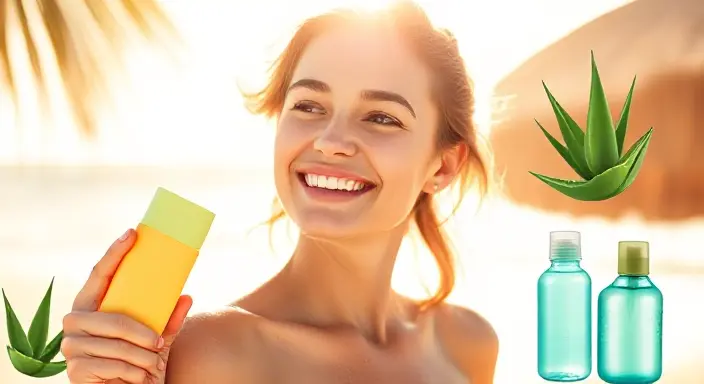
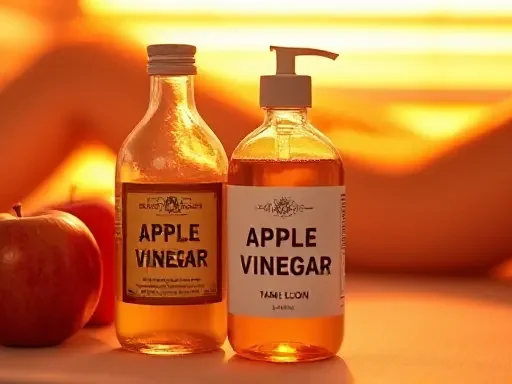
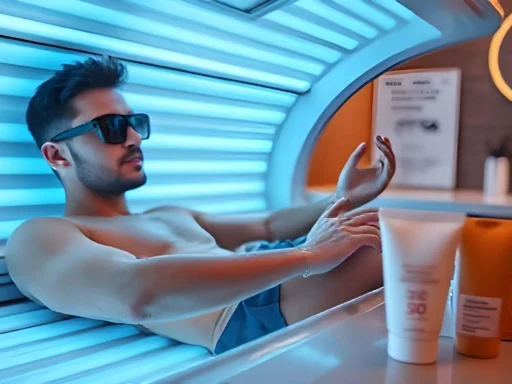

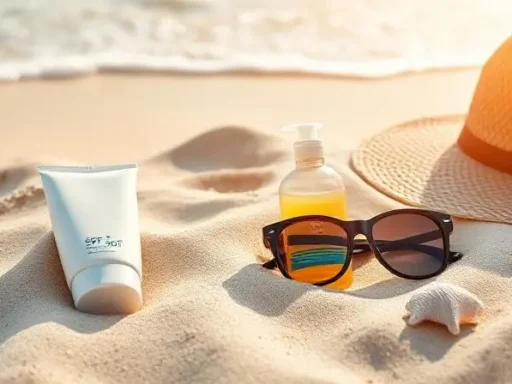
In my opinion, it is actual, I will take part in discussion.